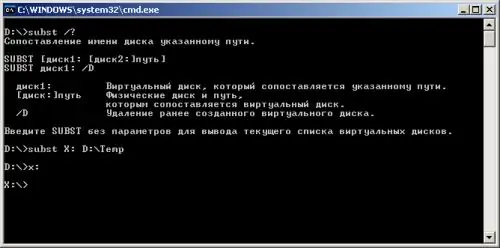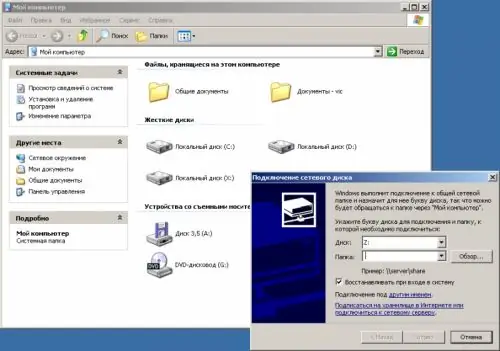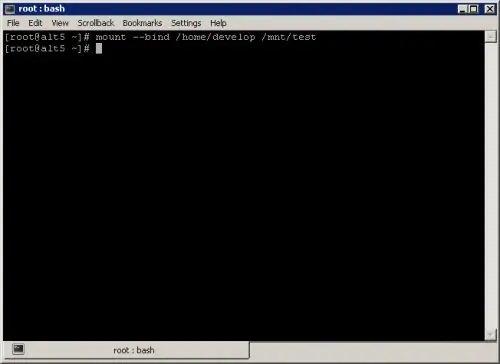In the course of the evolution of computing, there has been a constant change and expansion of views on key concepts and paradigms. For example, the file system has proven to be a very convenient means of providing a unified interface for accessing various resources. So in modern operating systems, you can mount a folder in another directory, mount a remote folder in an arbitrary directory, etc.

Necessary
administrative rights on the local machine
Instructions
Step 1
Mount an arbitrary folder as a virtual disk in Windows operating systems. Start command processor cmd. To do this, display the Run Programs dialog by choosing Run from the Start menu, type cmd in the Open text box, and click OK.
Use the subst command to mount the folder. Enter in the console:
subst /?
Press Enter and read the quick reference for how the command works. Mount the folder by running a command like:
subst:
For example, in order to create a virtual disk X with the contents of the D: / Temp folder, you should run the command:
subst X: D: / Temp

Step 2
In Windows, mount the remote network share folder as a drive. Open the My Computer folder window. To do this, use the appropriate shortcut on the desktop. You can also launch Windows Explorer by typing explorer in the Run Programs dialog and clicking OK, then selecting the appropriate section in the right pane.
Display the mount dialog for the network share. Expand the "Service" section of the main menu and click on the "Map network drive" item.
Mount. In the "Drive:" drop-down list, select the item containing the preferred letter of the drive being created. In the "Folder" field, manually enter the path to the network folder or click the "Browse" button and select it. Select the Recover at logon checkbox if the resource is expected to be used for a long time. Click the Finish button. Enter credentials to access the remote folder if required and click the OK button of the displayed dialog.

Step 3
Mount an arbitrary folder as a directory with a different name in Linux operating systems. Use the mount command with the --bind (or -B) switch. Start a terminal emulator or switch to a text console. Run a command like this:
mount --bind
Specify full or relative paths to two existing directories as parameters and. For example:
mount --bind / home / develop / mnt / test
After executing this command, the contents of the / home / develop folder will be displayed in the / mnt / test directory.

Step 4
Mount the remote network folder to a local directory in a Linux operating system. Use the mount command with the -t switch to specify the file system type. For example, to mount the remote Temp folder on a windows machine with IP address 10.20.30.40 to the local directory / mnt / test, you can run the command:
mount -t smbfs //10.20.30.40/Temp / mnt / test
The password to access the resource will be requested. If you need to specify credentials on the command line, you can do so using the additional username and password parameters specified after the -o switch. In a similar way (using curlftpfs) you can mount FTP folders.






